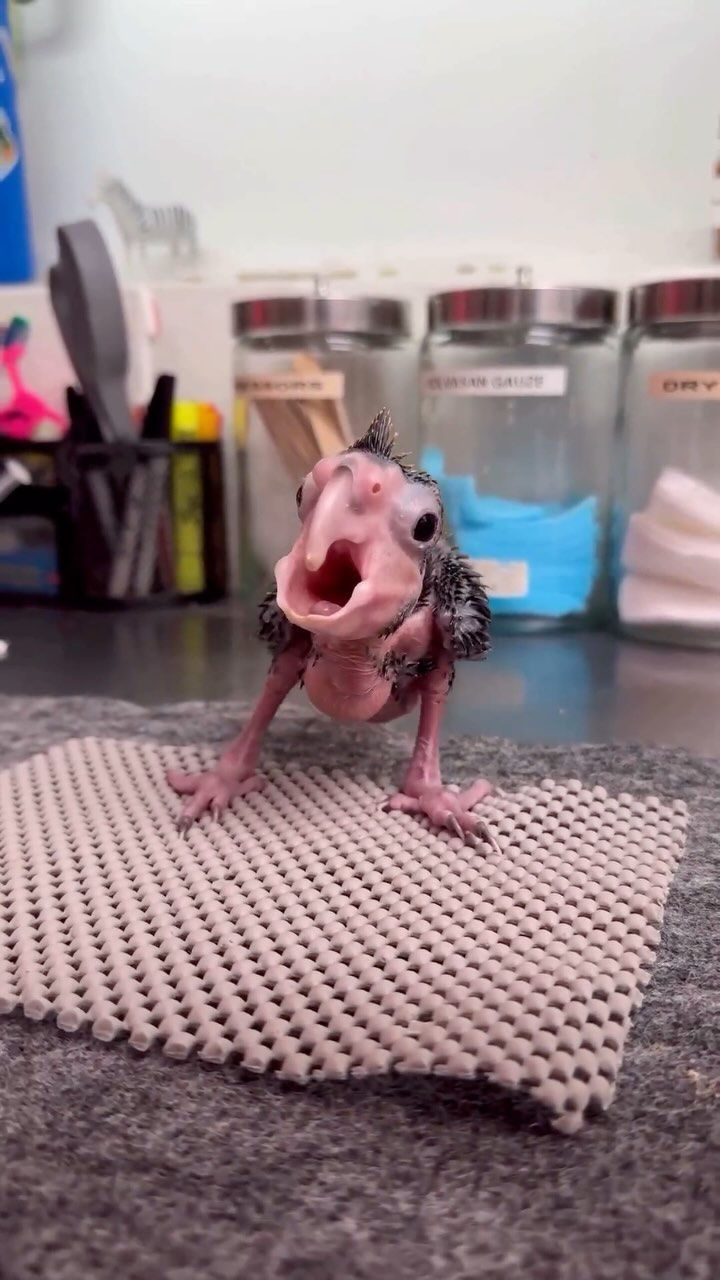- Overview of the Palm Cockatoo and Baby Palm Cockatoo’s Characteristics
- Habitat and Distribution: Wild vs Zoo Environment
- Conservation Status and Efforts
- Importance of Zoo Management in Species Preservation
- Role of Public Engagement and Education in Conservation
The palm cockatoo (Probosciger aterrimus) is a fascinating and distinctive bird known for its striking appearance and behavioral traits. Among its captivating features, the baby palm cockatoo’s charming little mohawk stands out, captivating both zoology enthusiasts and casual observers alike. This article delves into the intricate details of this species, offering insights into its natural habitat, conservation status, and the vital role played by institutions like the San Antonio Zoo in its preservation.
Palm cockatoos are native to the rainforests and woodlands of New Guinea, northeastern Australia, and some nearby islands. They are one of the largest cockatoos, boasting a robust physique, smoky-gray feathers, and a distinctive red cheek patch that changes color with their emotional state. These birds are known for their intelligence and unique behaviors, such as tool use; they are observed to use sticks and pods during their courtship rituals.
With its endearing small mohawk, the baby palm cockatoo is a delight. This crest of feathers is not just a hallmark of its cuteness but also serves as an important communication tool, reflecting the bird’s mood. Baby palm cockatoos rely highly on parental care for survival and learning during their early stages. They are highly vocal, producing a range of sounds that play a significant role in interactions with their environment and caregivers.
Palm cockatoos are typically found in tropical forests and woodlands where they live primarily in solitary or small group settings. They prefer regions with a dense canopy and a plentiful supply of nuts, seeds, and fruit. Unfortunately, their habitat is increasingly threatened by deforestation and human encroachment. The species also suffers from low reproductive rates, exacerbating the challenges of maintaining a stable population.
Zoos play a critical role in conserving palm cockatoos, providing a controlled environment where these birds can live without the immediate threats posed by habitat destruction and predation. Institutions like the San Antonio Zoo have become sanctuaries, ensuring the birds’ well-being through scientific breeding programs and ongoing research. These efforts are crucial in understanding palm cockatoos’ specific needs and behaviors, thereby contributing significantly to their conservation.
Palm cockatoos are classified as vulnerable due to their declining population numbers and habitat loss. Conservation efforts are multifaceted, involving habitat protection, legal enforcement against illegal trapping and trade, and public awareness campaigns. International cooperation is essential, as protecting the natural habitats in New Guinea and Australia requires coordinated efforts from governmental and non-governmental organizations.
The role of zoo management in species preservation cannot be overstated. Effective zoo management involves more than just the daily care of the animals; it also includes implementing breeding programs, habitat simulations, and health monitoring. The success of these programs often hinges on the precise replication of natural conditions and the careful selection of mating pairs to maximize genetic diversity.
Public engagement and education are vital components of wildlife conservation. The public can learn about the issues facing species like the palm cockatoo by visiting zoos and participating in educational programs. Institutions emphasizing conservation education can galvanize community support and foster a greater appreciation for wildlife. Social media platforms, like Instagram, play an increasingly important role in this endeavor. By sharing captivating content—such as videos of a baby palm cockatoo with its adorable mohawk—zoos can reach a wider audience, enhance public interest, and inspire collective action towards conservation goals.
The drawbacks of human-induced environmental changes emphasize the need for robust conservation strategies. These include the reconstruction of damaged habitats, stringent anti-poaching regulations, and advances in reproductive technologies. Collaborative efforts among conservationists, governments, and civilians are imperative to ensure the long-term survival of palm cockatoos in the wild.
In summary, the baby palm cockatoo, with its identifiable little mohawk, is more than just a symbol of cuteness; it is a poignant reminder of the delicate balance required to preserve wildlife. Understanding their distinct traits and conservation needs illuminates the broader challenges facing many species today.
The San Antonio Zoo and similar institutions are at the forefront of this mission. Through scientific research, public education, and careful management practices, they contribute tirelessly to safeguarding our planet’s biodiversity, ensuring that future generations will enjoy the beauty and wonder of species like the palm cockatoo.
*****
Source Description
@sanantoniozoo Baby palm cockatoo has the cutest little Mohawk! 🥰🐣
.
.
.


